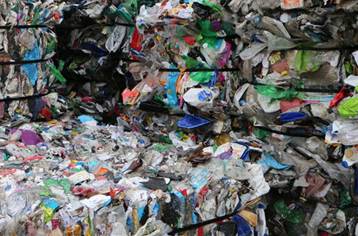
Plastics #1, 2 & 5

According to NZ Plastics every New Zealander uses approximately 31kg of plastic packaging annually and recycles only 5.58kg. The New Zealand Plastics industry generates an estimated 242,000 tonnes of plastic annually.
Plastic accounts for around 8% of New Zealand’s waste by weight. However, because plastic is so light, it is estimated it’s as much as 20% of our landfill space. Around 252,000 tons of plastic heads to our landfills every year. This Ecotricity article has facts on plastic waste.
Follow Plastic Free July Aotearoa on Facebook which has great info for simple swaps for plastic items.
Please consider advocating to brands which use plastics #3, 4, 6 and 7 (no longer accepted at the Whanganui Resource Recovery Centre) and request biodegradable/compostable alternatives be found.
Take your own mesh or net bags to the supermarket for vegetables, fruit and fresh produce.
Take your own containers to the supermarker butchery, deli and seafood counters to reduce packaging waste.
Go to bulk food suppliers with your own containers to reduce waste.
Reuse plastic containers and packaging as often as possible before recycling or sending to landfill.
Only plastic items with the recycling numbers 1, 2 and 5 are accepted for recycling at the Whanganui Resource Recovery Centre. (There is currently no market for #3, 4, 6 and 7 and there is no further available space to stock-pile these items whilst researching new options.)
Soft plastics recycling is now available through Countdown at 433 Victoria Ave. Please ensure all plastics are clean before dropping in the receptacle. Please note the following cannot be recycled.
- compostable bags - even if these bags also say recyclable!
- yoghurt pots and other rigid plastics
- heavy foiled bags
- bags, wrap or film which is contaminated with food and liquid or cannot be easily cleaned out
- cellophane
- face masks,disposable gloves or RAT test packaging
Please keep from landfill wherever possible, as plastic items and packaging will not biodegrade.